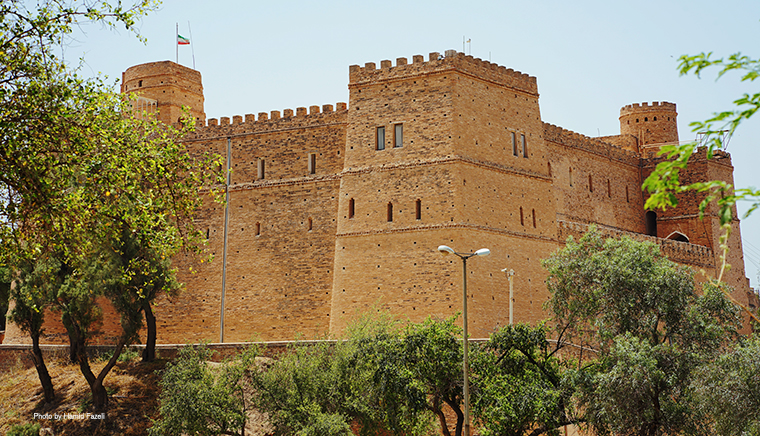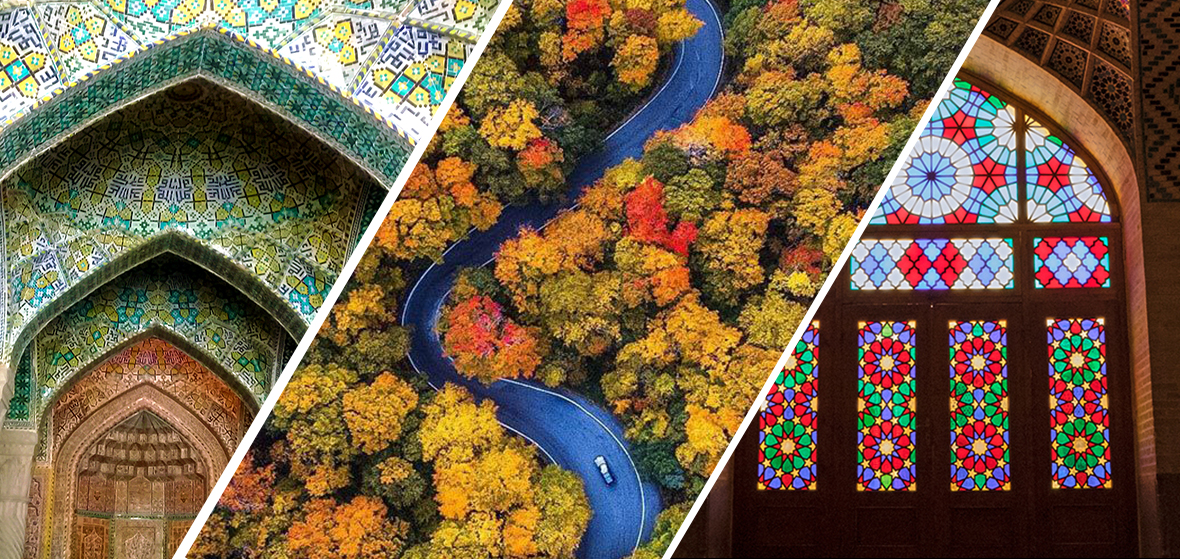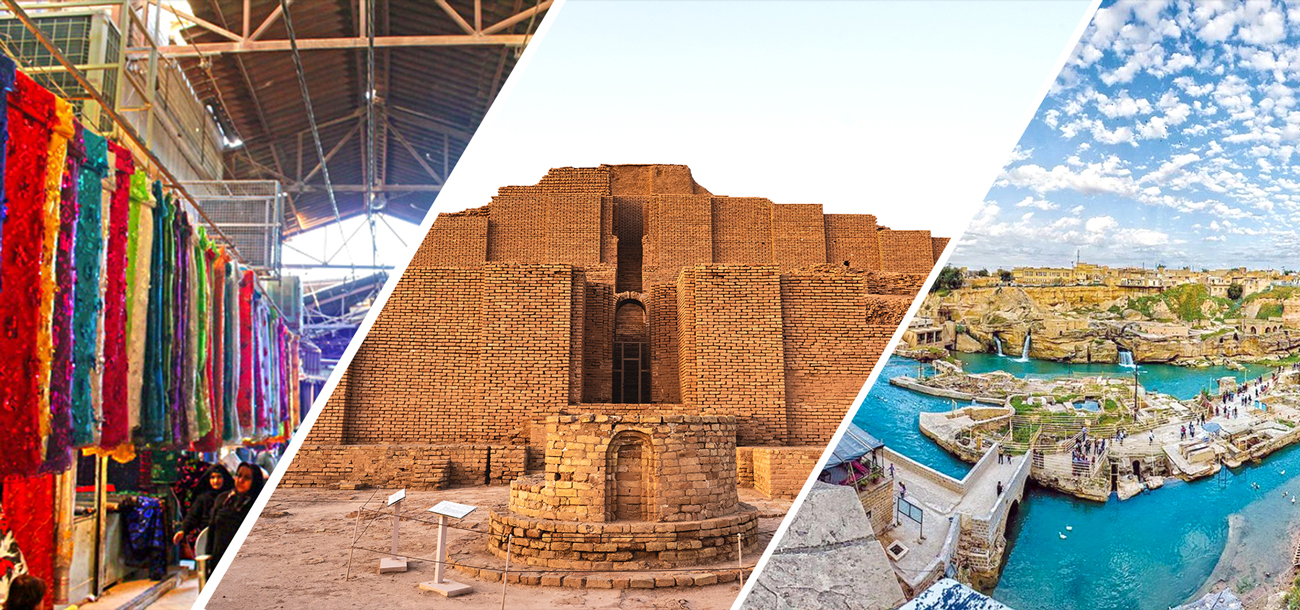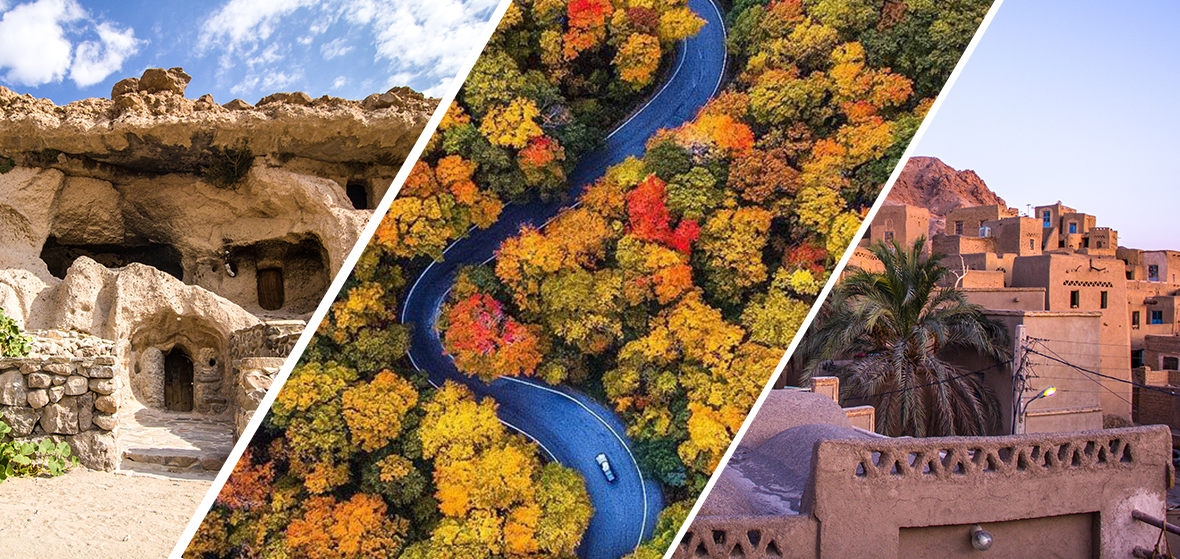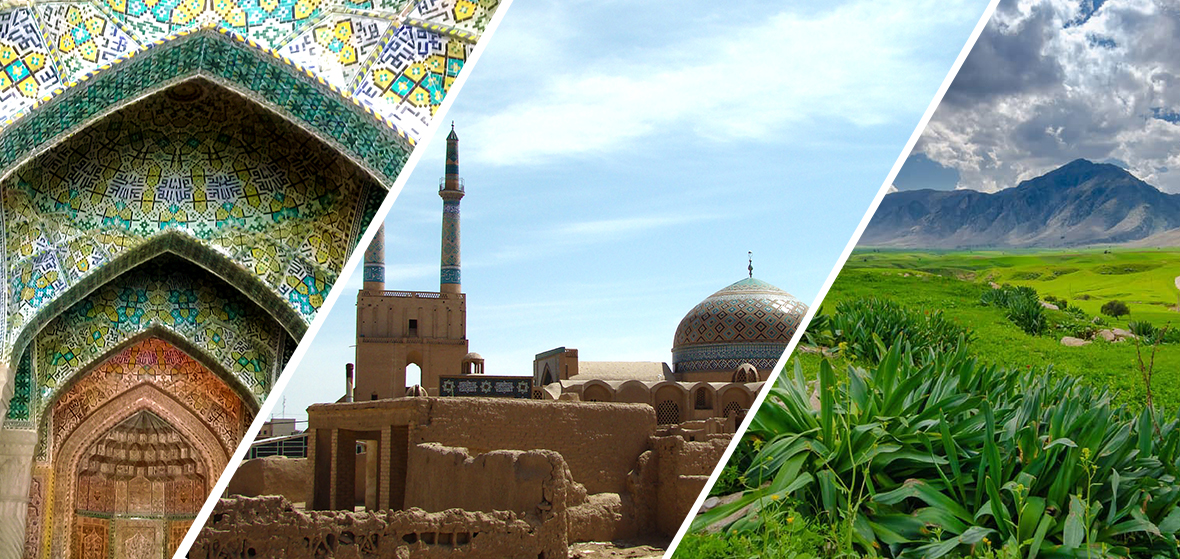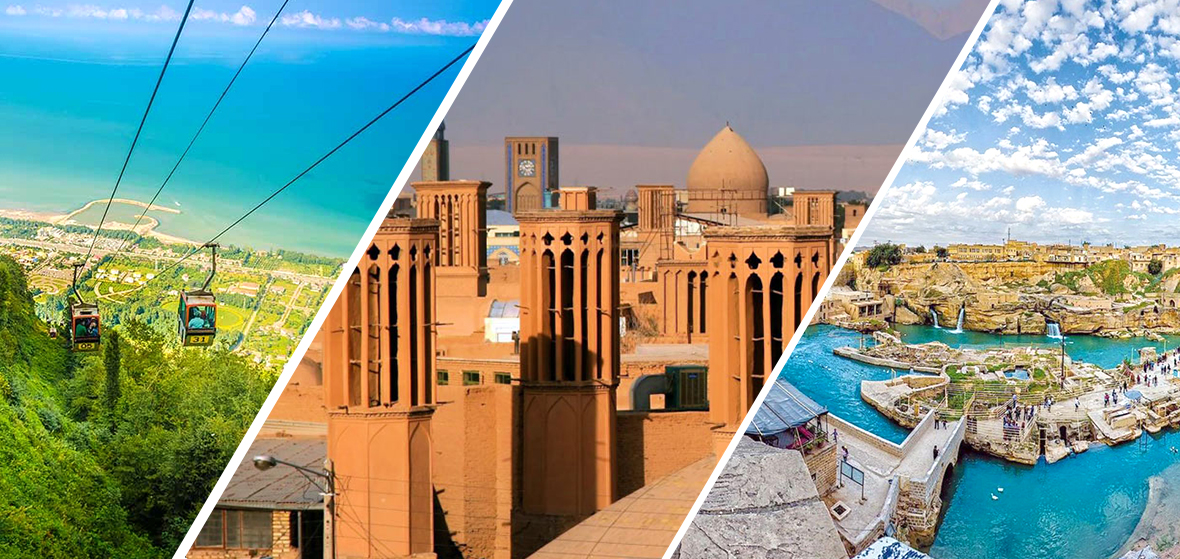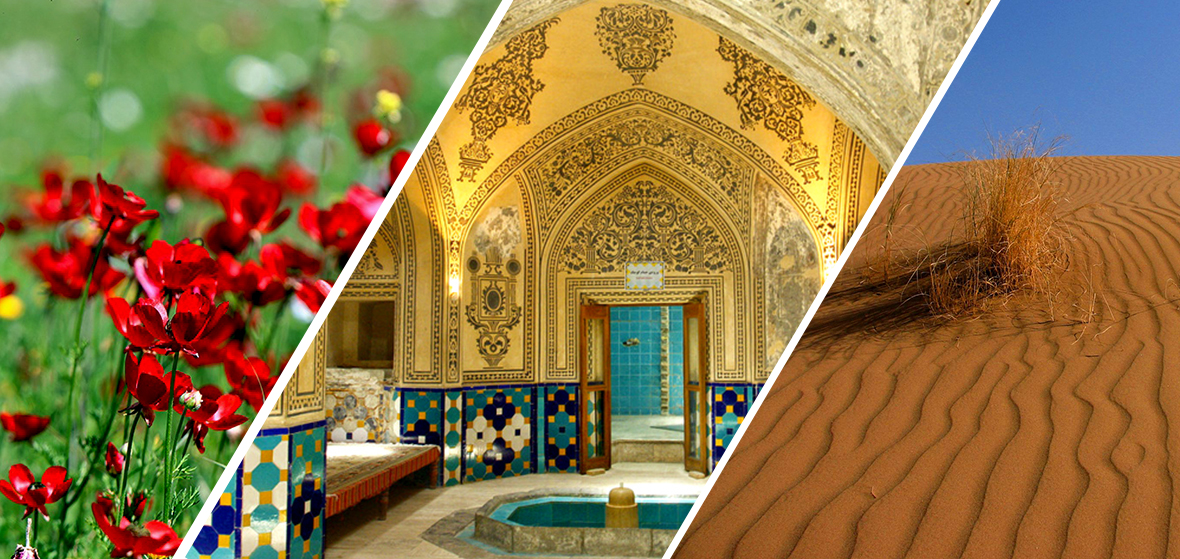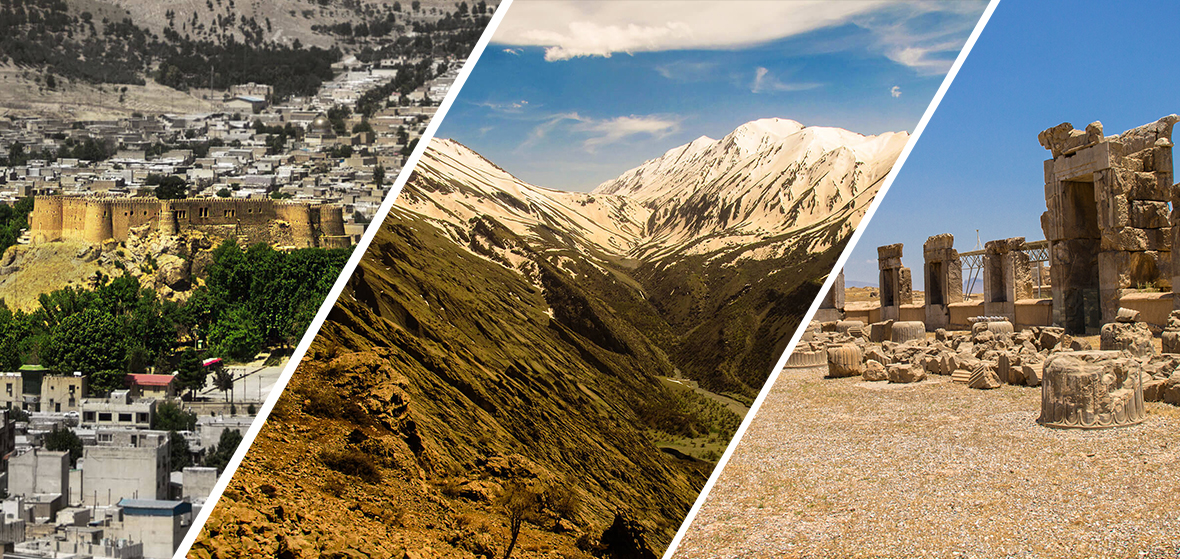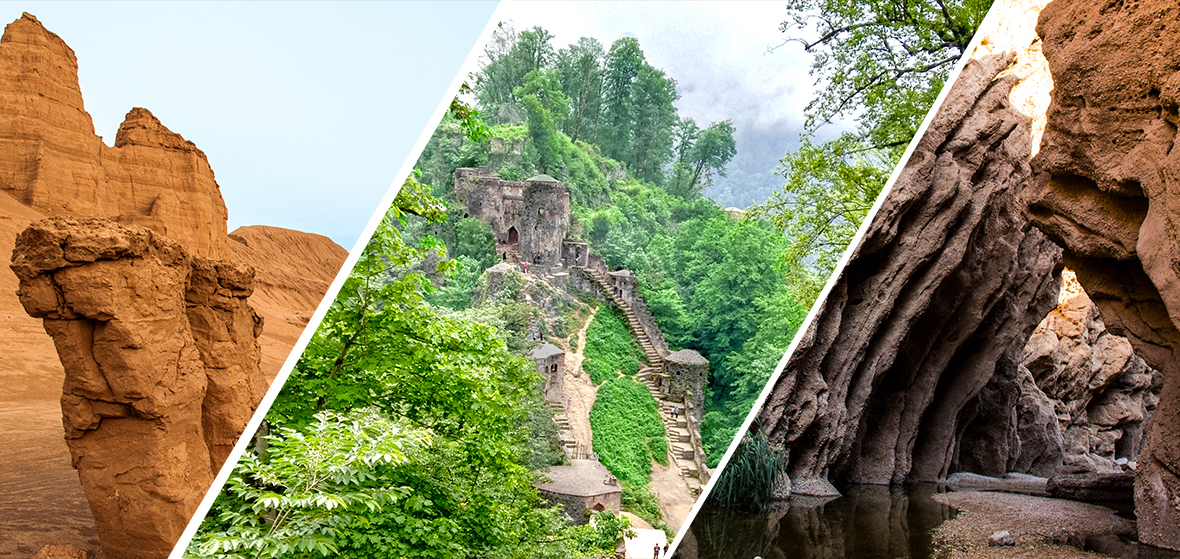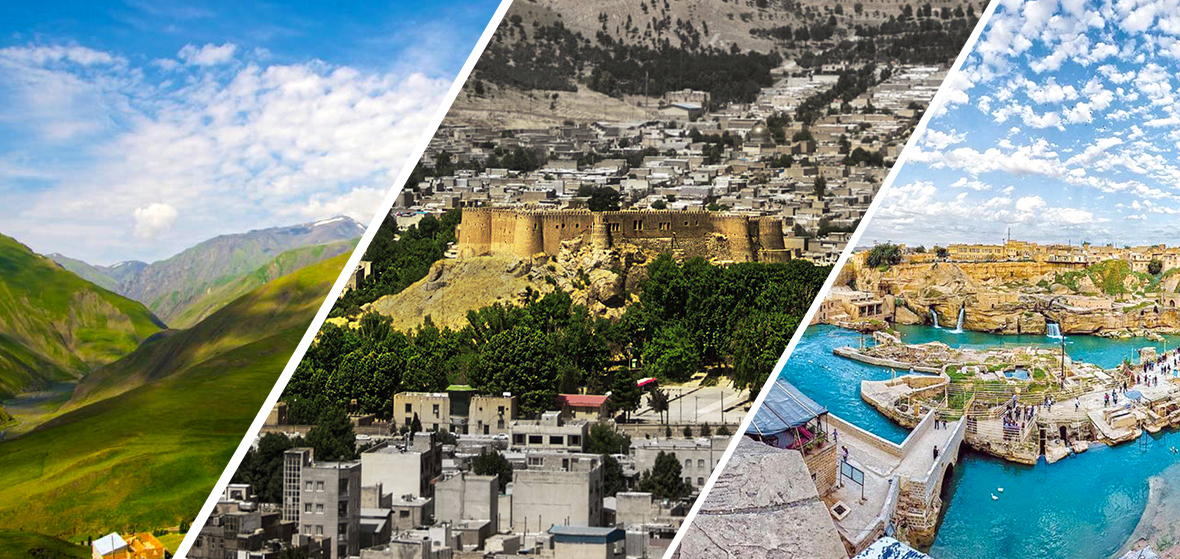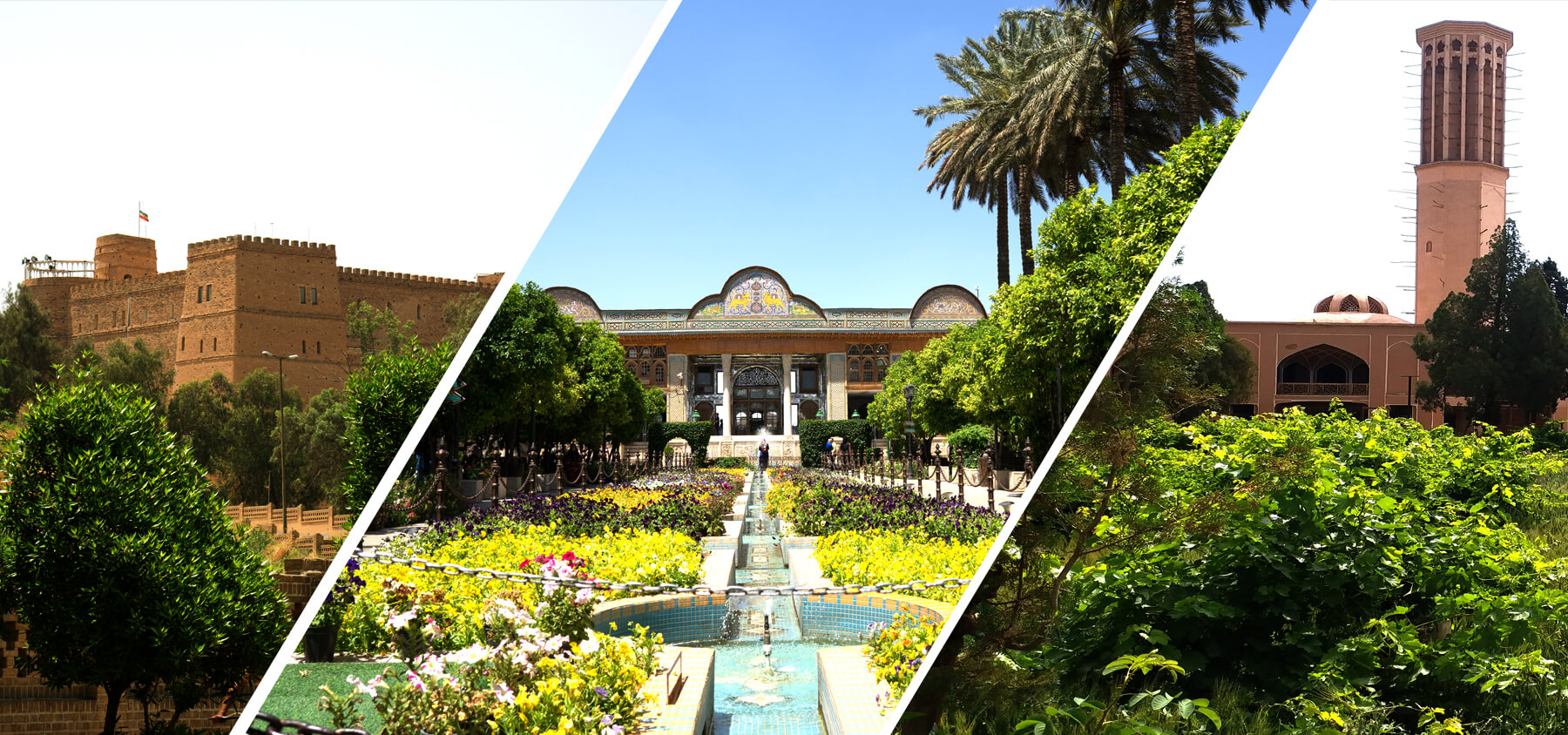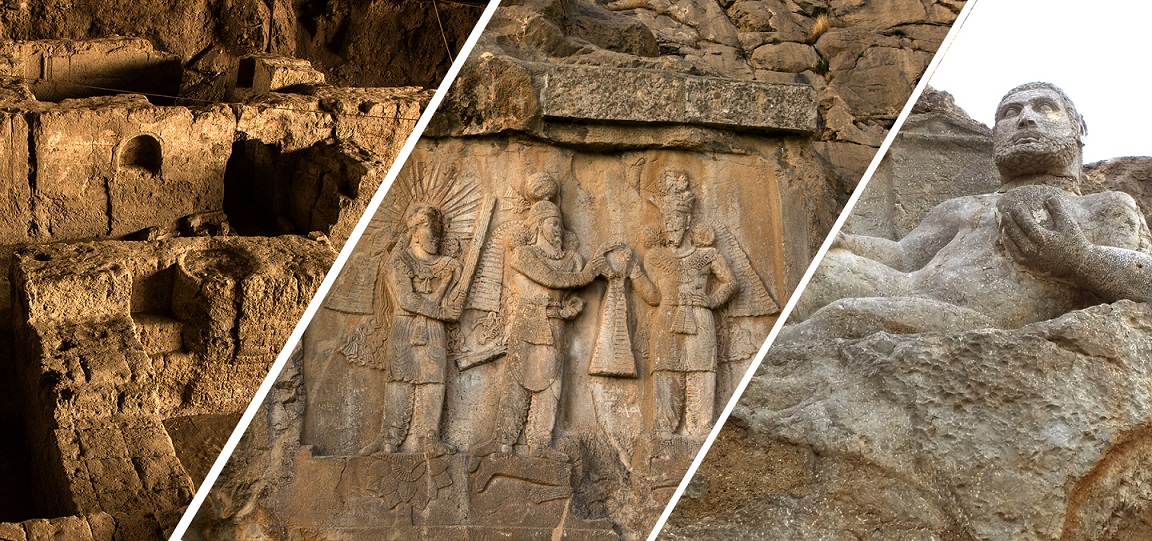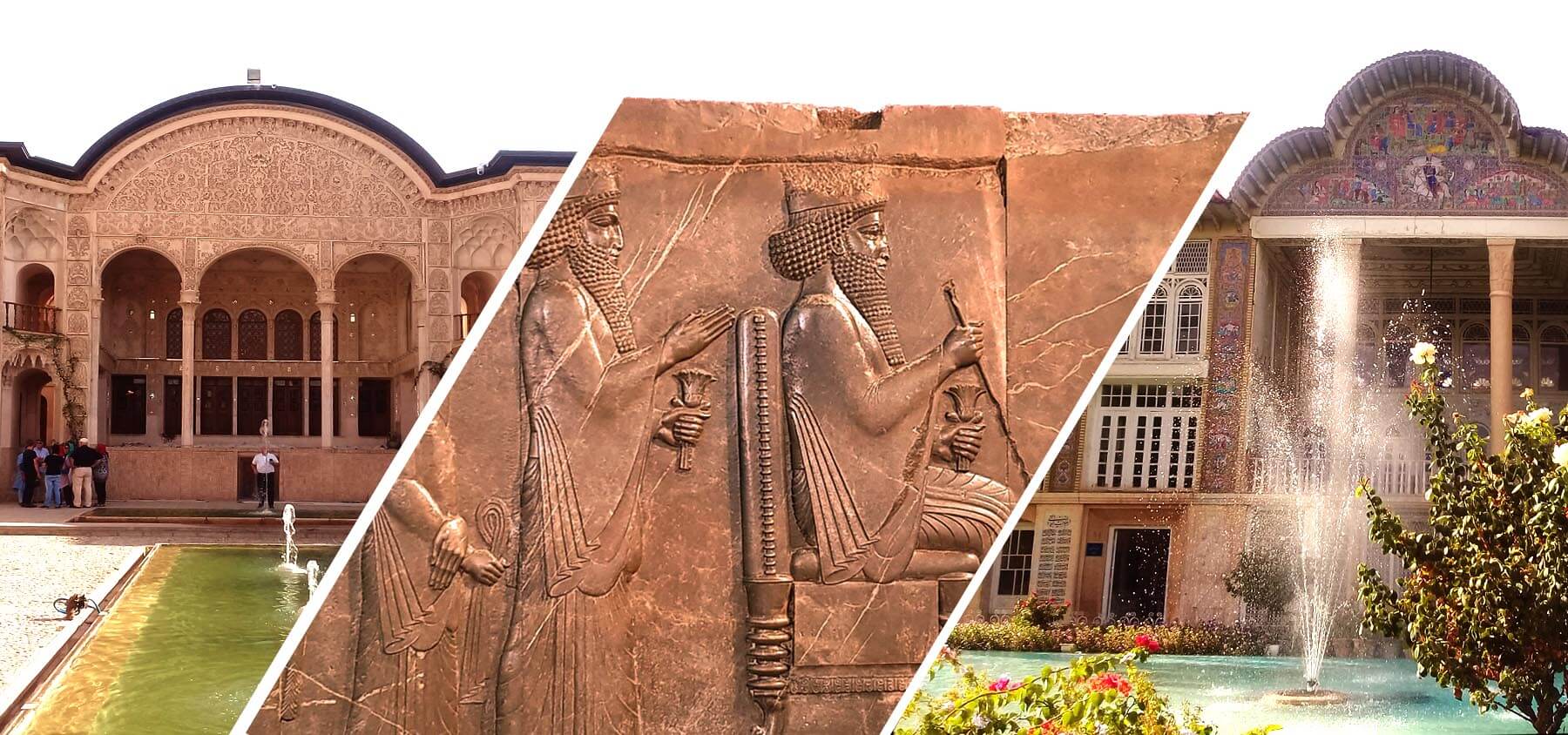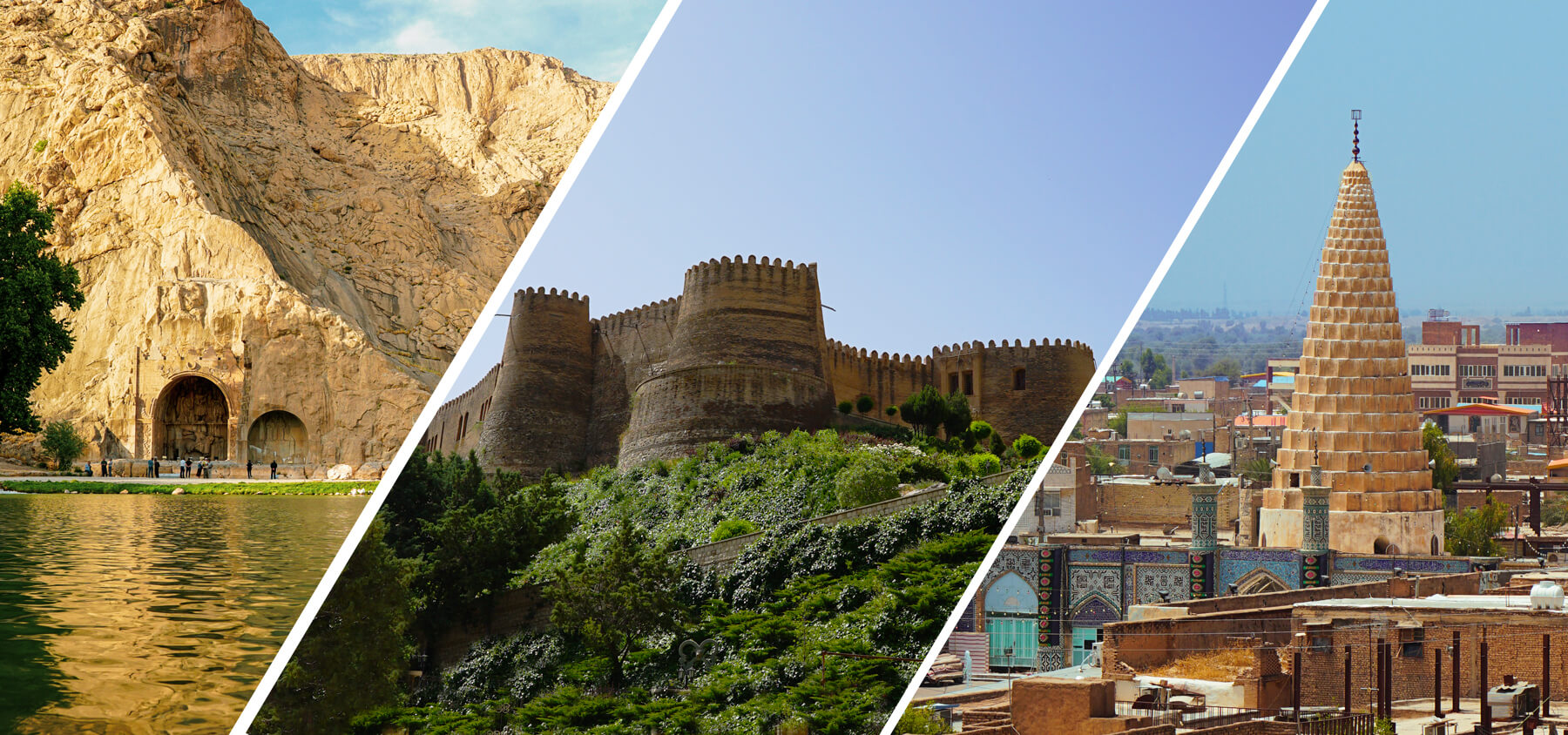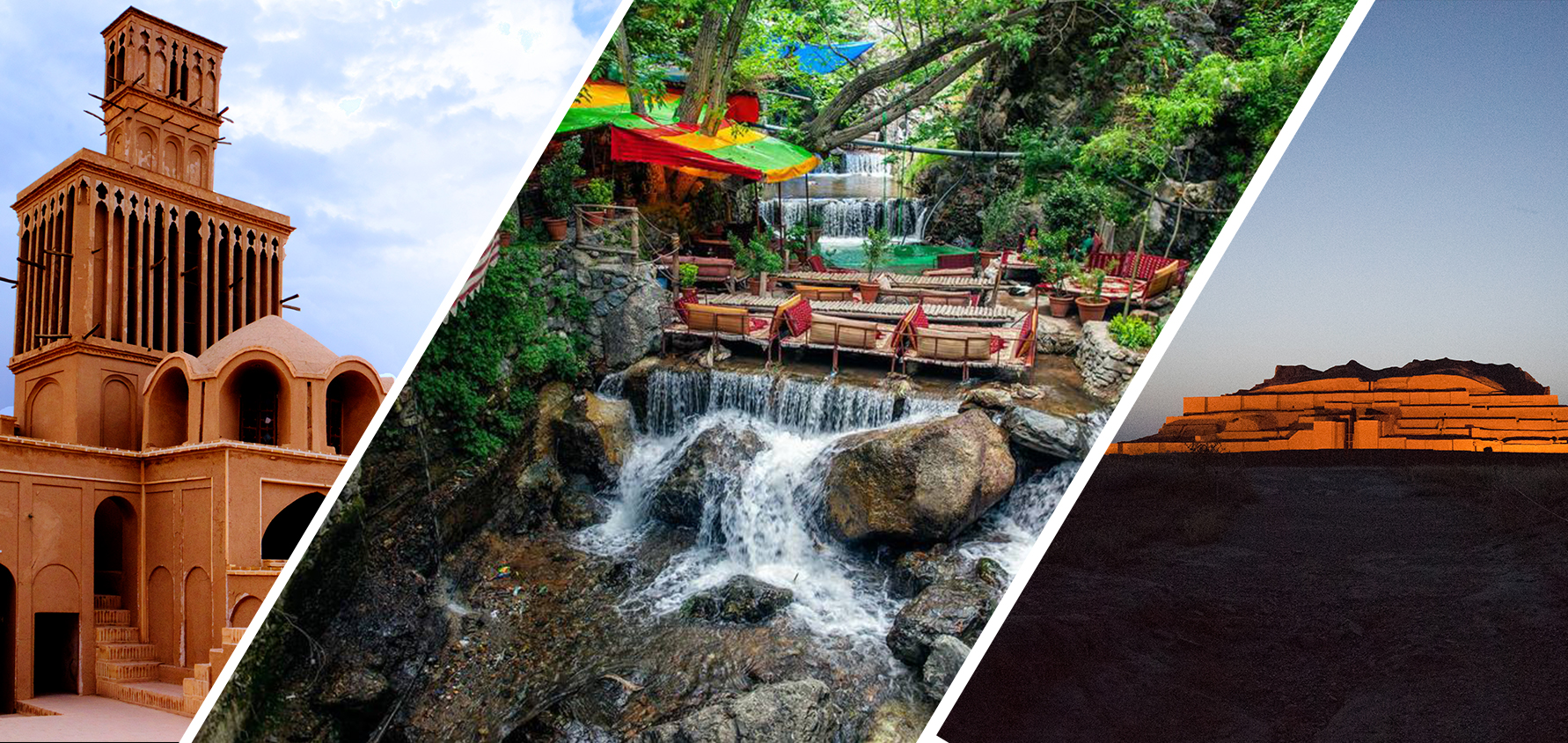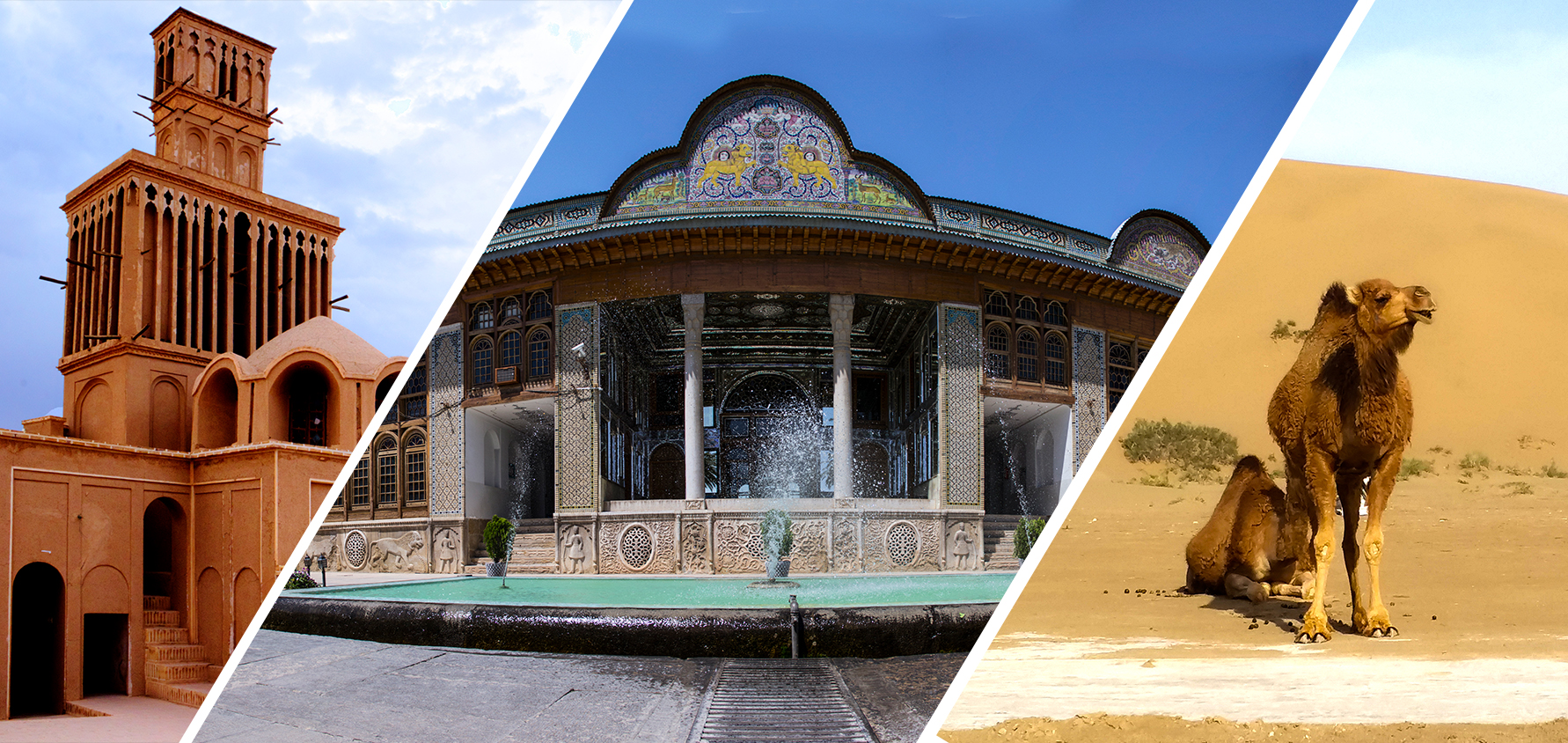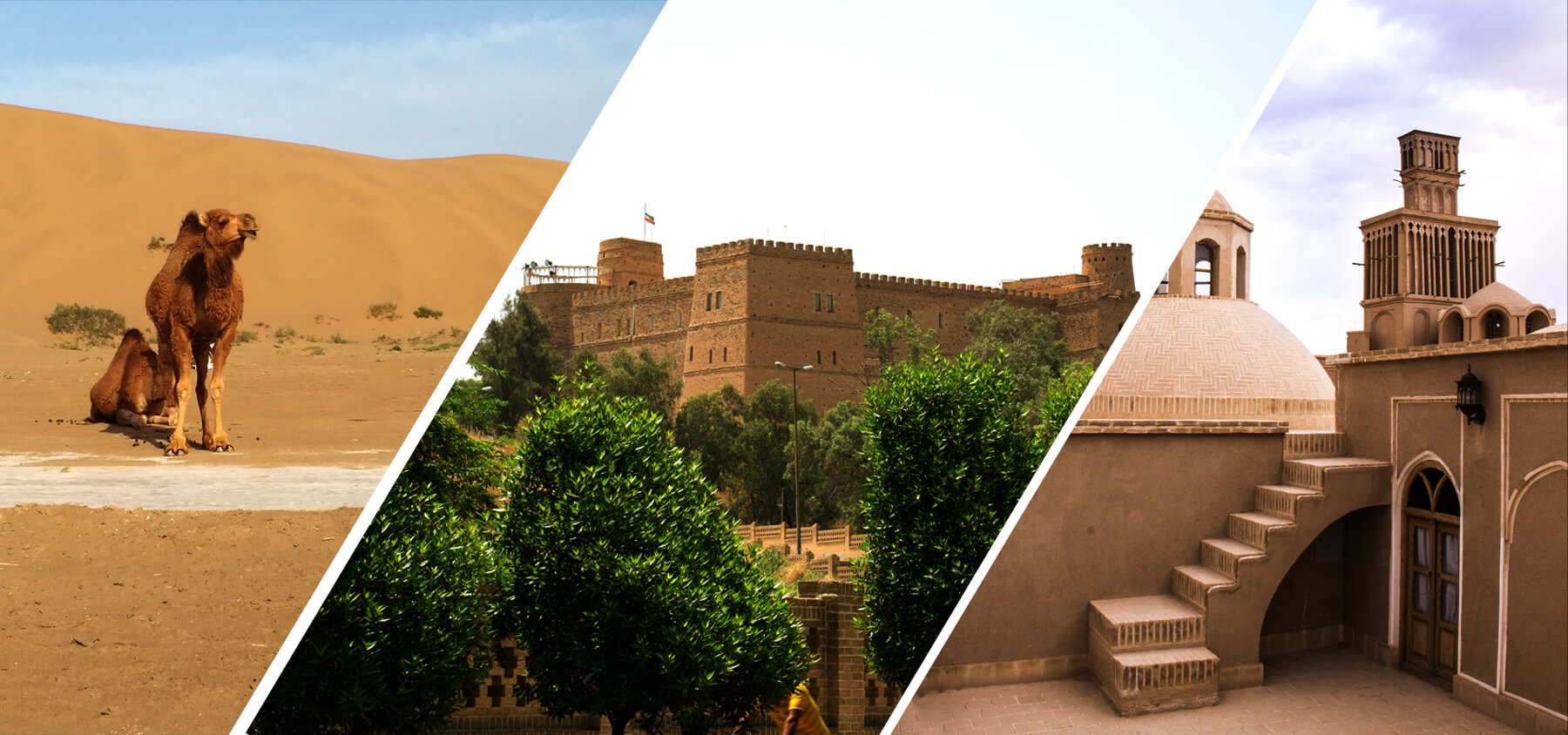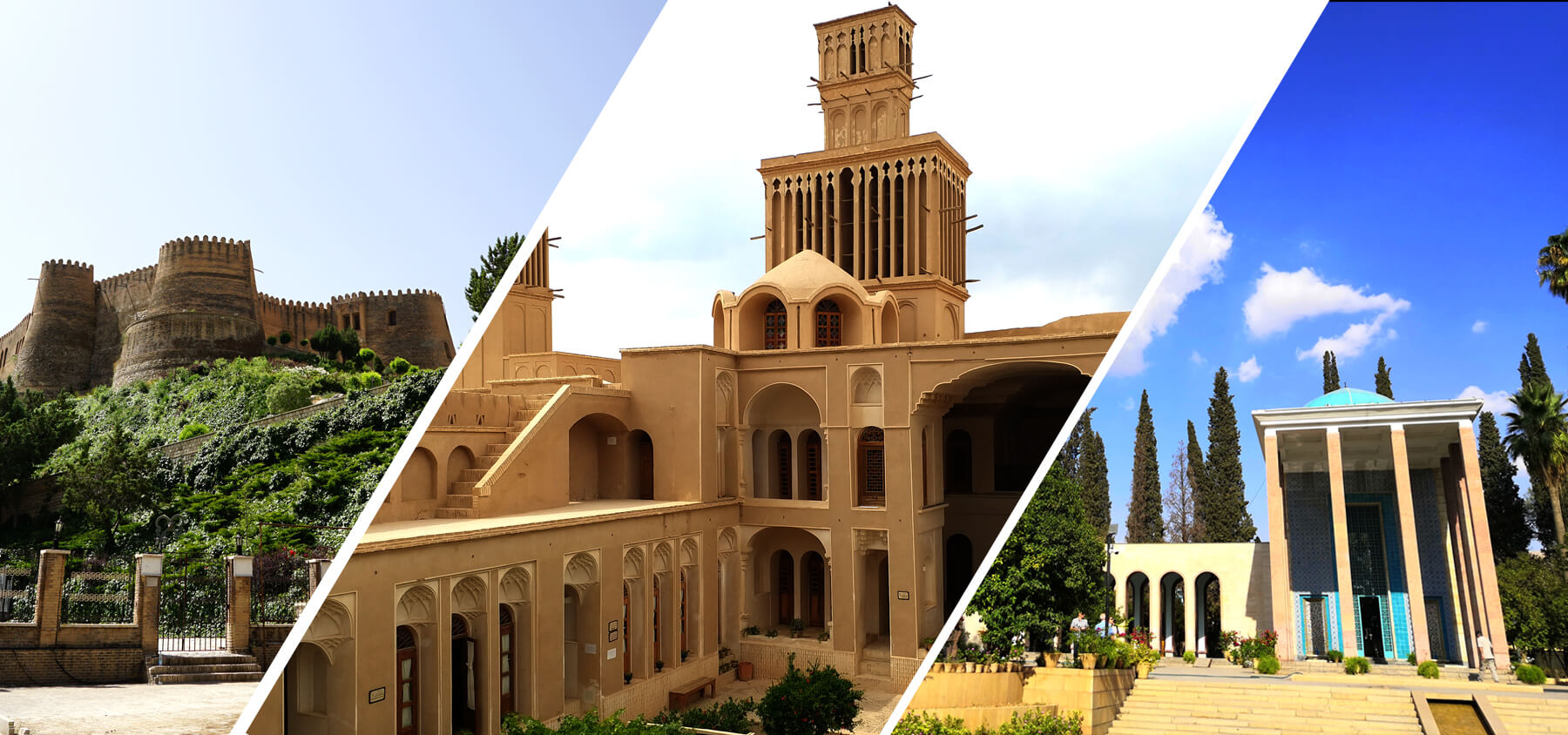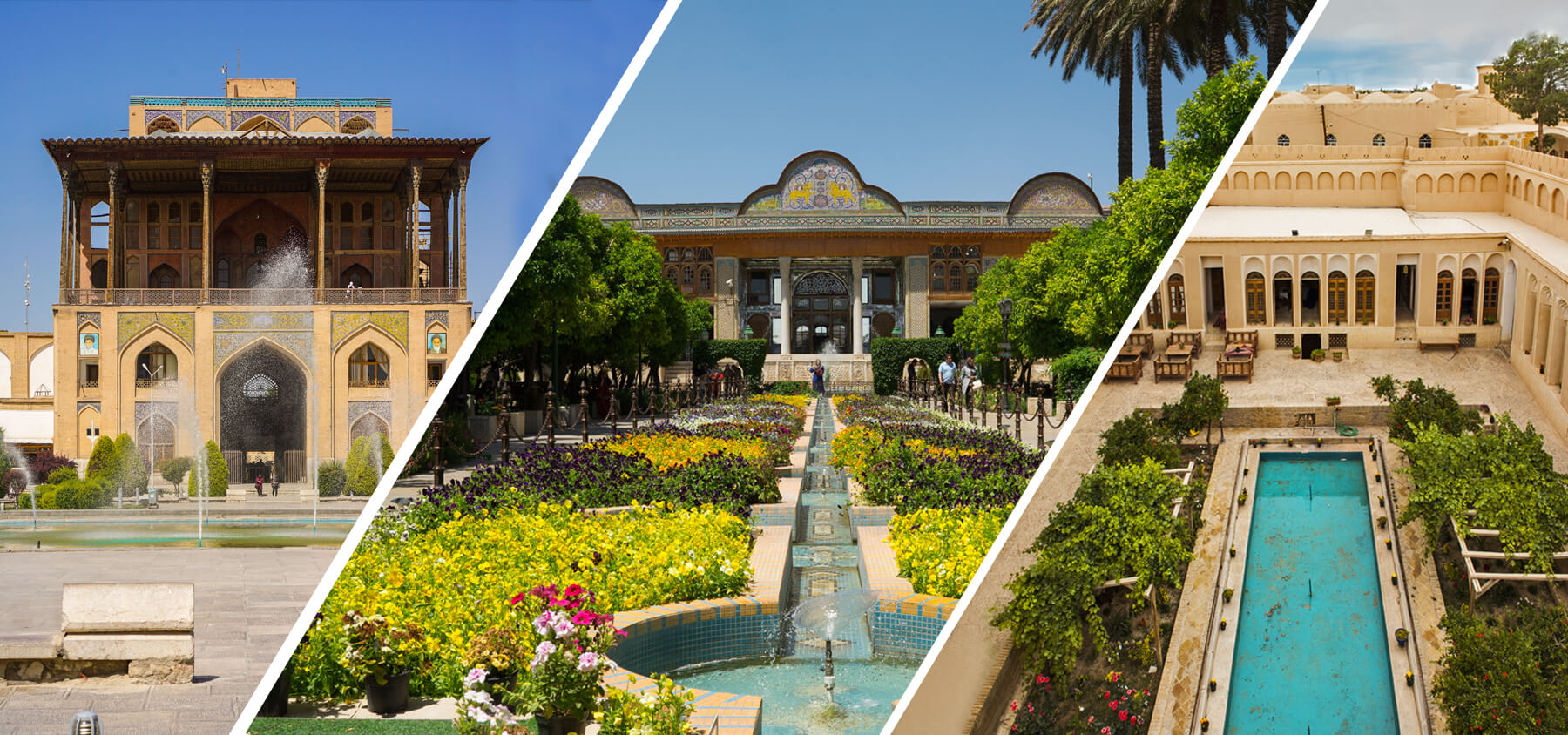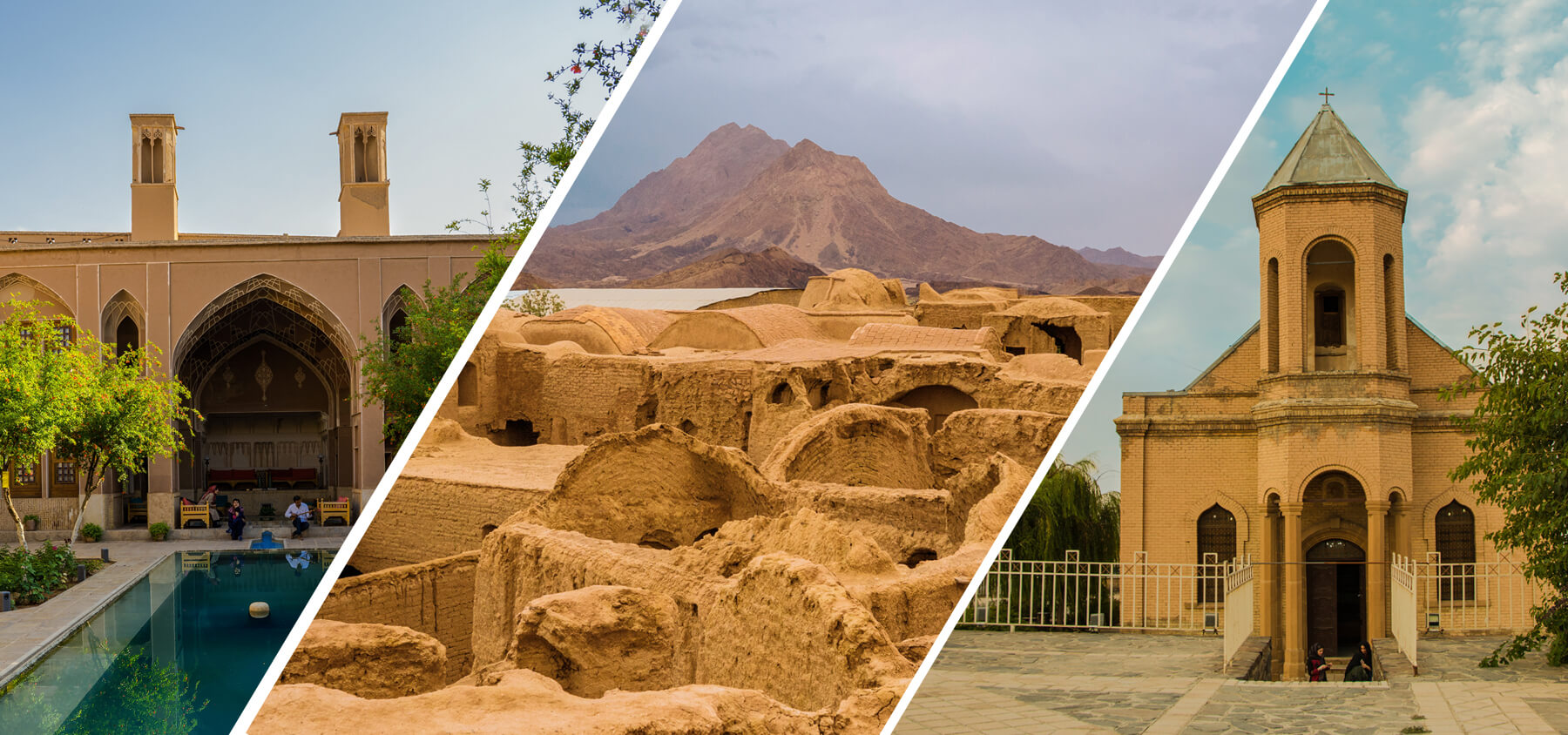Shush (Susa)
Shush or the ancient city of Susa, is one of the northern cities of Khuzestan province in the southwest of Iran. This region is the origin of one of the most primitive civilizations. The ancient city of Susa has long been the focus of many ruling dynasties, such as Elamite, Achaemenian, Seleucid, Parthian, and Sasanian empires. The economic and strategic importance of Susa made it the imperial and the regional capital of Elamite and the Achaemenian Empire. This has led to the occurrence of remarkable historical events in the area. All in all, it has made Susa a fascinating and historic destination for archeologists and tourists.
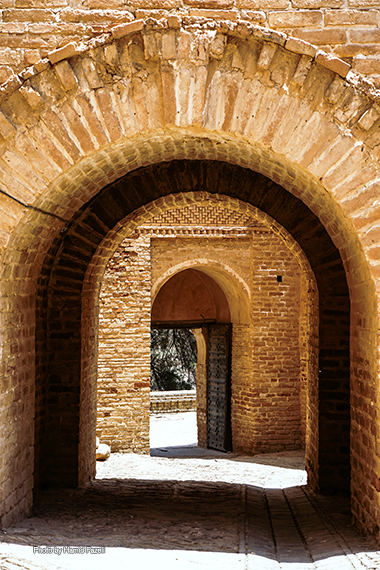 Located between Dez and Karkheh rivers, Susa encircles artificial archaeological mounds on the eastern side of the Shaour River. the ancient city of Susa contains excavated areas such as the Apadana palace which was built on the remnants of the Elamite Empire by the order of Darius the Great, the Achaemenian king in the 5th century BC and the palace of Ardeshir’, of the Sasanian Empire. The architectural monuments excavated from the ruins include residential, luxurious, and administrative structures. Susa with its 27 layers of urban settlements mounted over each other developed as early as the late 5th millennium as an important religious center and grew to a commercial, an administrative and political focus that was influenced by different cultures due to its strategic location along ancient commercial routs.
Located between Dez and Karkheh rivers, Susa encircles artificial archaeological mounds on the eastern side of the Shaour River. the ancient city of Susa contains excavated areas such as the Apadana palace which was built on the remnants of the Elamite Empire by the order of Darius the Great, the Achaemenian king in the 5th century BC and the palace of Ardeshir’, of the Sasanian Empire. The architectural monuments excavated from the ruins include residential, luxurious, and administrative structures. Susa with its 27 layers of urban settlements mounted over each other developed as early as the late 5th millennium as an important religious center and grew to a commercial, an administrative and political focus that was influenced by different cultures due to its strategic location along ancient commercial routs.
Throughout its history, the ancient Susa has witnessed significant interchange of influences as the consequent of trade relations and cultural exchanges between different civilizations, namely Mesopotamian and Elamite. Susa has been a key player in creating and developing technical knowledge and artistic, architectural and town planning. Archaeological material and architectural remains discovered at Susa display an international ancient city that was influenced and imitated by its neighbors.
Places of interest in Susa
There are many fascinating historical places to visit in the city of Shush and in its neighborhood, such as the Apadana palace, Ardeshir palace, Shush Castle, Shush Museum, the Holy shrine of Prophet Daniel, Ivan-e Karkheh, the Ziggurat of Chogha Zenbil, and The ancient site of Haft Tappeh.
The Apadana palace
The palace was built on the remains of the Elamite hillock by the order of the Achaemenid king, Darius the Great as his favorite winter palace around 515-521 BC. According to a foundation tablet discovered in Apadana, Darius the grate had described how all nations of his empire contributed to the building and how the palace was constructed with the craftsmen and raw materials gathered from various parts of his empire. Construction of the palace continued under his son, Xerxes. The palace consists of a royal palace, an attendance hall, a monumental gate, 4 courts, and a covered porch. The palace is built resembling Persepolis with Persian columns. The Apadana Palace was destroyed by fire during the reign of Artaxerxes I. The restoring of the site was completed during the reign of his grandson Artaxerxes II (404-358 BCE). The palace was plundered and destroyed by Alexander the Great in r 330 BC.
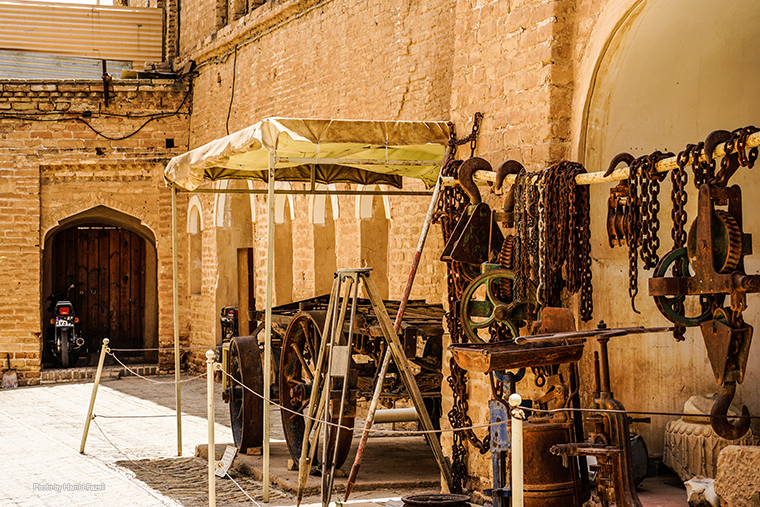
Ardeshir II palace (Shaour palace)
The palace also is known as the Shaour the palace was the main palace of Ardeshir II of Achaemenid Dynasty (550–330 BC). The Shaour Palace is a magnificent square-shaped hall with 64 columns made of stone which are similar to the pillars of Apadana Palace. The remnants of the palace are along the western banks of the Shaour River about four hundred meters west of the Apadana Palace. The ancient site is a relatively large complex of 220 meters long and 150 meters wide. The palace has 64 columns with a stone foundation and probably a wooden body. Remnants of paintings have been found that perhaps were used as decorations on the walls. In addition to Achaemenid period pieces of evidence from Parthian and Islamic periods have been reviled.
The Holy shrine of the Prophet Daniel
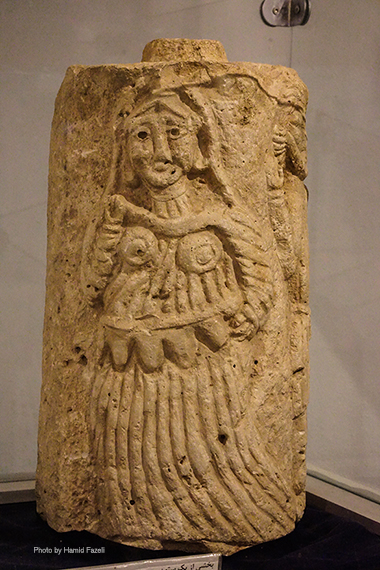 The most famous religious site in Khuzestan is the tomb of the biblical and Islamic prophet Daniel which is located in Susa. Various locations have been named for the site, but the tomb in Susa is the most widely accepted. It is believed that the Prophet Daniel together with the Jews captivated by the Babylonians immigrated to Mesopotamia and from there to Susa in the 7th century.
The most famous religious site in Khuzestan is the tomb of the biblical and Islamic prophet Daniel which is located in Susa. Various locations have been named for the site, but the tomb in Susa is the most widely accepted. It is believed that the Prophet Daniel together with the Jews captivated by the Babylonians immigrated to Mesopotamia and from there to Susa in the 7th century.
The shrine of the prophet Daniel which is registered as an Iranian national monument is built along Shaour River. The echeloned shape of its dome distinctively stands out among the city buildings.
Ivan-e Karkheh
The ancient site of Ivan Karkheh is a royal city built by the Sassanid king, Shapur II (309-379 CE) along Karkheh River North West of ancient Susa. The site is surrounded by a rectangular wall. Currently, only a small part of the site remains which is mostly unexplored.
The Shush Castle
The Shush Castle also is known as Acropolis of Susa or the French Castle was constructed by French archaeologist Jean-Marie Jacques de Morgan in the late 1890s as a secure base for archaeological studies and excavation in the area. Built by local masons on the ruins of the ancient city of Susa with bricks taken from two archaeological sites, the Achaemenid Darius palace, and the Elamite Choqazanbil ziggurat, the Castle is similar to medieval monuments in France. The structure was built atop a hill which may contain other pre-historic remnants. As a museum, it was famous for holding a cuneiform tablet inscribed with the Code of Hammurabi which, however, is now on display in the Louvre Museum.
Shush Museum
On the way to the ancient castle of Susa, The museum is built with an area of 550 square meters in a garden. As one of the most important museums of ancient Iran, it exhibits valuable artifacts of various historical periods from the fifth millennium BC to the Qajar era in its six halls.
Iran UNESCO Sites in 40 Days


Susa

Center & North of Iran


A Month in Iran


Sand & Sea


From Mountains to the Desert


ZAGROS Journey


Forty Days & Nights


Western Iran


Southwest to Center + Desert Expedition -14 Days

From Medes empire up to Achaemenes – 10 Days

A Glimpse of Iran – 14 Days

The Old Empire, Western Iran – 7 Days

Tehran to Dezful – 14 Days
Tehran to Dezful + Desert Expedition- 14 Days
Center to West with Desert Expedition – 17 Days
Center to West – 17 Days
The Glory of Iran -17 Days

From Ancient Cities to The Heart of Desert – 17 Days

